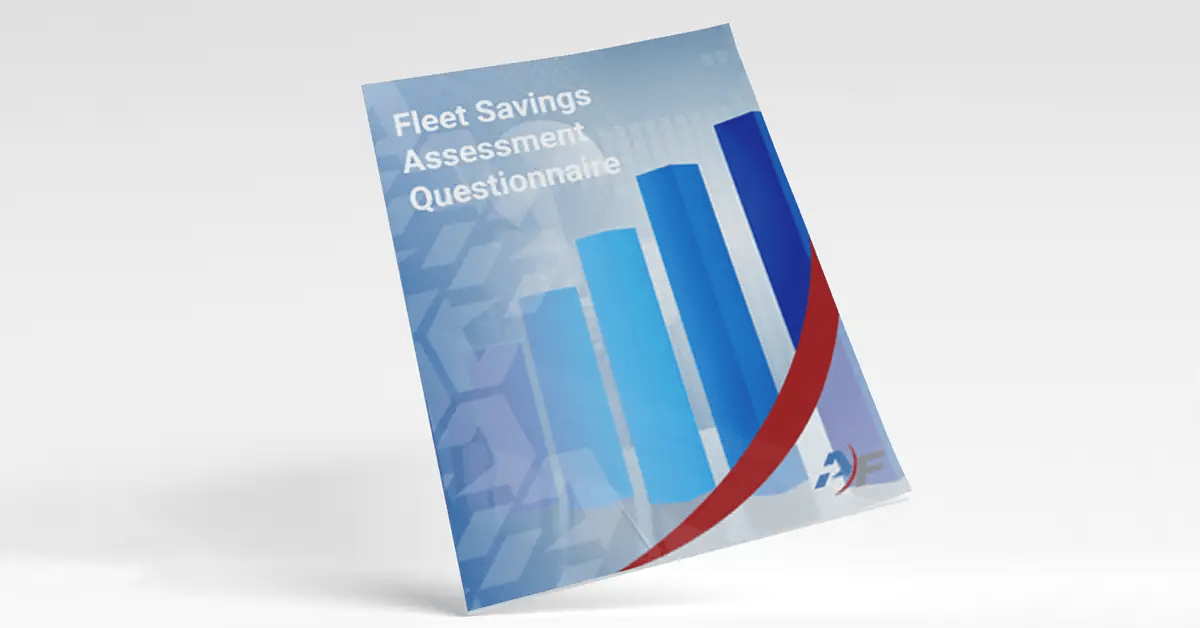Basin Electric Power Cooperative: A Utility Fleet Success Story
Basin Electric Power Cooperative (BEPC) is a model for how utility companies can optimize the use of fleet vehicles to drive down the total cost of providing energy to its customers while enhancing the levels of service to their drivers. BEPC has transformed the way in which they manage their shared vehicle fleet using purpose-built vehicle sharing technology.
They have eliminated manual, time-consuming fleet tasks and now effortlessly capture key performance metrics while providing around-the-clock access to vehicles for their drivers. Data for all types of vehicles is now standardized and centralized. The result is better use of fleet vehicles and lower costs of providing services.
BEPC is a wholesale not-for-profit electric generation and transmission cooperative headquartered in Bismarck, North Dakota. It provides electricity to 3 million customers in nine U.S. states: Colorado, Iowa, Minnesota, Montana, Nebraska, New Mexico, North Dakota, South Dakota, and Wyoming. Besides providing electricity to its customers, Basin Electric is a recognized leader of wind energy development in the Upper Midwest. At the end of 2020, Basin Electric had 1,760 megawatts of wind in its portfolio, nearly doubling the cooperative’s wind generation in a matter of a few years.
Micheal Farley, Senior Fleet Administrator for BEPC has been involved with fleet for roughly four years, with experience in transportation safety, training, DOT compliance, and dispatching. “We have over 1,200 fleet units cooperative-wide,” says Farley. BEPC has thirty vehicles in a shared motor pool fleet managed by the FleetCommander solution, which are used for travel by 450+ office personnel.
“These are street vehicles for all kinds of work: sedans, SUVs, pickups, and vans,” Farley explains. “They are used by our engineering staff to visit projects. Our senior staff use them to attend and conduct training and visit our remote sites and clients. Network and IT personnel use them to conduct computer upgrades. Members of our accounting, legal, environmental, and tax departments use them to attend regulatory meetings both in and out-of-state.”
Farley sought to bring efficiency, sustainability, and cost control to the BEPC existing motor pool. He cites lack of data and inconsistent processes as chief reasons for seeking a fleet management information system.
Farley says that BEPC was unable to show the life-to-date cost of ownership for its vehicles, which was central to his improvement goals for the project.
The Problem
At the heart of BEPC’s fleet automation project was transforming the manual management of a preexisting motor pool. The time spent by fleet staff managing reservations, handing out keys, and dealing with vehicle returns was time consuming and inefficient. Employee access to vehicles was limited to office hours.
Farley says that “Few, if any, metrics were kept on vehicle usage or mileage. Vehicle purchases and replacements were made strictly based on age and at the whim of supervisors and buyers. There was no reporting or fleet usage visibility. No long-term planning took place because data did not exist for this purpose.” In addition, neither on-site nor outsourced maintenance work records were captured.
Mileage was collected from either a trip-sheet – a seldom completed task - or expense sheets turned in at the end of the month. Neither solution afforded BEPC a real-time glimpse into what was going on with the fleet, which Farley says resulted in a “reactive” culture versus a “proactive” one. They sought a process to free the staff from having to approve reservations, and one that made it easy for users to reserve and access motor pool vehicles and take time consuming tasks off the fleet staff’s plate.
Farley recognized that valuable opportunities for making metrics based fleet decisions were being lost, and myriad time-suck processes drained valuable staff time. For the motor pool, “Manpower was consumed by scheduling and dispatching vehicles, particularly at our headquarters location,” Farley said. “The motor pool reservation process was fully manual, with an employee taking reservations by telephone and email, and dispatching keys manually from her desk.”
Tackling Challenges: The Plan
BEPC launched their fleet automation project with the goal of unburdening fleet staff and reducing costs by automating manual processes. They also wanted to collect the usage metrics needed to right size the fleet based on utilization data and reports, rather than gut-feel. They also wanted to curb inefficient employee behavior such as not returning keys, keeping vehicles overnight (thereby making them unavailable to others for use), and gain visibility of vehicle whereabouts.
Implementation first steps included connecting BEPC’s user feed from its human resources system to auto create and update user profiles. This provided a foundation that allowed the system to get up and running quickly. FleetCommander’s web-based system provides an easy and efficient way for users to make reservations online, and the installation of a secure key management system afforded users round-the-clock access to vehicles when and where they were needed.
The automated system recorded important information that offered clear visibility of the fleet’s status, including knowing exactly which vehicles were available, who was taking them, and when they are expected back. That degree of control made it possible to assign vehicles to reservations based on highest/lowest mileage, last in – last out, and more. Data collected on vehicle use included information about the vehicle, the user, and the department requesting the vehicle for any desired timeframe.
Policy Communication and Enforcement
Additionally, communicating and enforcing policy as drivers interacted with the system was painless and intuitive through the online welcome page, the reservation path, and confirmation emails. As users engage with the system to reserve vehicles, they receive customizable messages about requirements and responsibilities concerning vehicle usage. The system further requires users to acknowledge BEPC’s vehicle use policies before passing through to reservations, ensuring drivers have read, understood, and comply with policies.
The ability to communicate policies via the system enables BEPC to be clear about what is expected of its drivers. With policies communicated and enforced in the system, there is documentation should any violations take place. This allowed for everything from implementing corrective measures up to revoking a user’s motor pool privileges.
Knowing behaviors are being monitored can have additional benefits including a reduction of late returns, as well as a greater emphasis on keeping vehicles clean and preventing damage. The FleetCommander system records the who-what-when details, and unlike a complicated paper-based system where crucial information can be missed, responsibility can be determined almost immediately. Reports identify and keep tabs on problematic users. Information concerning transgressions is recorded on the human resources tab in the user’s profile.
The Results
Things are much different at BEPC now, according to Farley. In a good way.
By implementing FleetCommander, BEPC was able to reduce the fleet 25 to 30%. Agile Fleet estimates that annual carrying costs for vehicles ranges between $3,000-$6,000 per vehicle annually.
Eliminating vehicles reduced BEPC’s vehicle acquisition costs by approximately $100,000 and continues to generate ongoing annual savings of $20,000.
“These vehicles are available for any of the 450+ employees for both short- and long-distance travel. They are dispatched automatically through our key management system without the need for fleet staff. We also have two plant facilities that have five vehicles each which are dispatched manually based on system reservations.”
Additionally, since BEPC implemented FleetCommander, they have successfully curbed the costly habit of taking vehicles home overnight, taking keys and vehicles which are not assigned to them, and returning keys late.
With the wealth of reporting now available, staff can now analyze the data to make smarter right-sizing decisions, take faster actions, and pivot when they need to make changes based on data.
With FleetCommander in place, employees and drivers can reserve, access, and return vehicles without encumbering fleet staff, enabling fleet staff to focus on other important duties. “When the software and key management are used it is literally a hands-off system,” Farley adds.
On a more personal note, Farley noted that he recognizes Agile Fleet’s core values in action: strong partnerships, initiative, approachability, integrity, and flexibility. “The people at Agile are top notch and fun to work with,” he concludes.
Agile Fleet President Ed Smith shares Farley’s enthusiasm for the company’s core values. “One of our core values is having and maintaining strong partnerships. BEPC is an ideal partner because we worked together to identify their goals through our proven process, The Agile Fleet Way. We expect to continue to help them to refine their processes and achieve even more successes over time. BEPC has a true fleet success story, and we are proud to be part of it,” says Smith.







